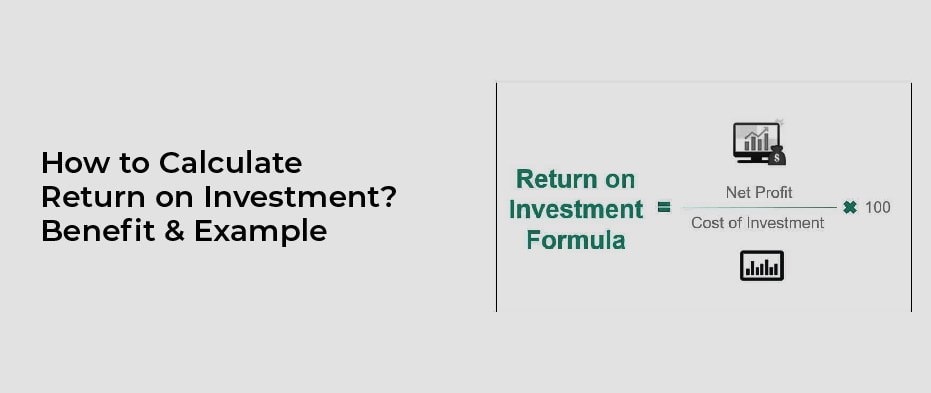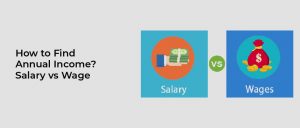How to calculate Return on Investment? When it comes to business, one of the most important things to consider is your return on investment (ROI). This metric allows you to see how much money you are making in relation to how much you are spending.
There are a number of different ways to calculate ROI, but the most important thing is to use the right method for your particular situation.
One way to calculate ROI is by looking at the revenue generated from a project in relation to the costs incurred. For example, if you spend $100 on a project and it generates $200 in revenue, your ROI would be 100%.
Another way to calculate ROI is by looking at the net profit generated from a project. In this case, you would take into account all costs associated with the project, including overhead expenses.
What is Return on Investment (ROI)?
In business and finance, ROI stands for “return on investment.” ROI measures the ratio of money gained or lost on an investment relative to the amount of money invested. Put simply, it answers the question: How much did I make on my investment?
To calculate ROI, you first need to determine the cost of your investment. This includes both the initial purchase price and any subsequent costs, such as installation or maintenance. Once you have your cost basis, you can then compare it to the proceeds you receive from selling your investment or using it in some way.
For example, let’s say you buy a piece of equipment for $1,000 and sell it two years later for $1,500.
Example of the ROI Formula Calculation
There are a number of different ways to calculate ROI, but the most common method is to compare the net profit from an investment to the original cost of that investment. For example, if you invest $100 in a stock and it goes up by 10%, your ROI would be 10%.
To calculate ROI, you need to first determine your net profit from an investment. To do this, you take your total revenue from the investment and subtract any associated costs. For example, if you make $120 from selling a stock that you bought for $100, your net profit would be $20.
Once you have your net profit figure, you simply divide it by the original cost of the investment and multiply by 100 to get a percentage.
The Use of the ROI Formula Calculation
The ROI Formula Calculation is a simple way to calculate the return on investment for a company. It can be used to compare different investments and make informed decisions about where to allocate resources. The formula is easy to use and understand, making it an valuable tool for businesses of all sizes.
To calculate ROI, simply divide the net profit by the total investment. This will give you the percentage of return on your investment. For example, if you invest $100 and your net profit is $10, your ROI would be 10%.
There are a few things to keep in mind when using the ROI Formula Calculation. First, it only takes into account the financial return on investment; it does not consider other factors like customer satisfaction or employee morale.
Benefits of the ROI Formula
In order to make sound decisions, business owners must be able to calculate the return on investment (ROI) for their projects.
ROI is a simple formula that measures the benefits of an investment against the costs of the investment. By understanding and using ROI, business owners can choose investments that will generate the highest returns.
There are several benefits to using ROI when making business decisions. First, it forces you to consider both the costs and benefits of an investment. This can help you avoid making rash decisions that may not be in your best interest.
Second, it allows you to compare different investments side-by-side. This can help you choose the option that will generate the highest return on your investment. Finally, it provides a clear way to measure whether or not an investment was successful.
Limitations of the ROI Formula
The ROI formula is a popular tool for measuring the performance of investments, but it has several limitations.
First, the ROI formula only considers financial outcomes, not non-financial outcomes. This can be a problem if the investment being considered has important non-financial benefits (such as improved employee morale or environmental sustainability).
Second, the ROI formula assumes that all investment costs are known upfront. In reality, however, many investments have “hidden” costs that only become apparent over time. This can make it difficult to accurately compare different investments using the ROI formula.
Finally, the ROI formula does not consider the time value of money. This means that it does not take into account the fact that money earned in the future is worth less than money earned today. As a result, the ROI formula may underestimate the true cost of an investment.



